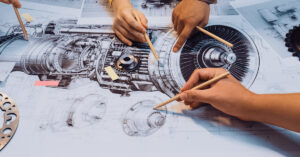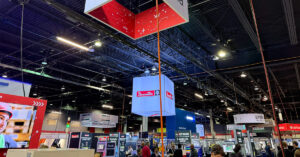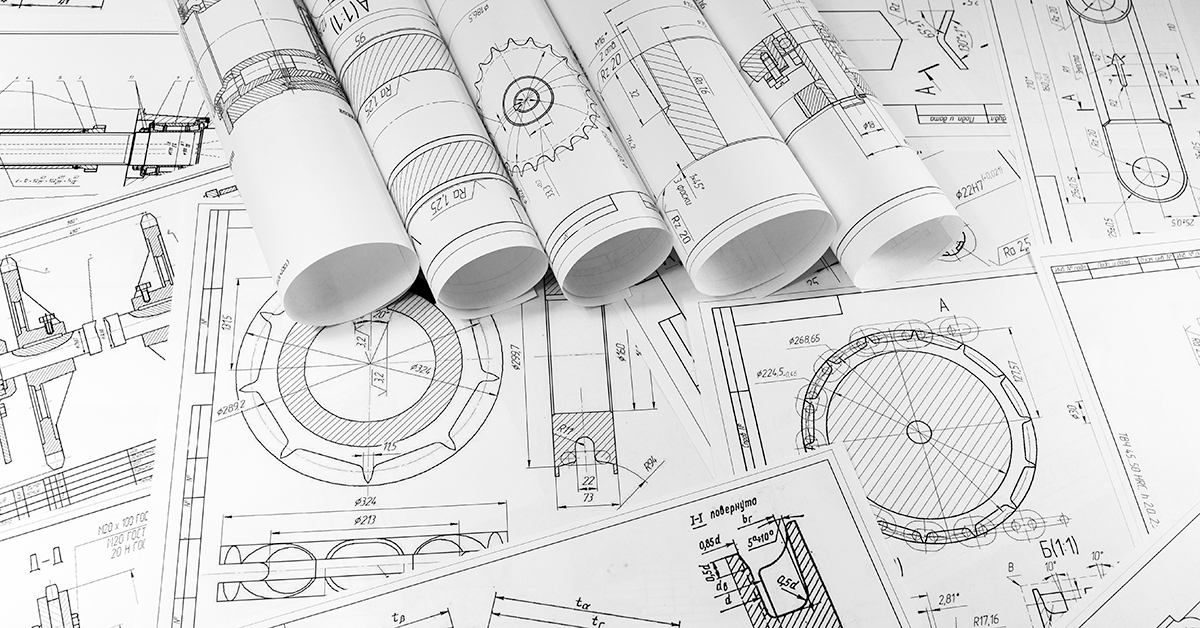
When lead times stretch, headcount freezes, and demand spikes, many OEMs reach the same conclusion: they don’t need more design—they need reliable build to print services to execute what’s already engineered. Done right, a build-to-print program becomes a pressure-release valve that safeguards schedule, quality, and margin during volatile periods.
What Are Build to Print Services?
Build to print (BTP) refers to a contract manufacturing model where the customer provides detailed drawings, CAD files, and specifications, and the contract manufacturer produces units exactly to those requirements — without altering the design. This approach is ideal when:
- The design is mature (or frozen) and needs capacity, repeatability, and traceability.
- You’re facing backlog, staff constraints, or supplier under-performance.
- You need a qualification build and a controlled ramp plan without reinventing the product.
Compared to design-to-spec, build to print services compress time-to-revenue and reduce program risk by focusing on executional excellence—BOM control, work instructions, sourcing, assembly, test, and fulfillment.
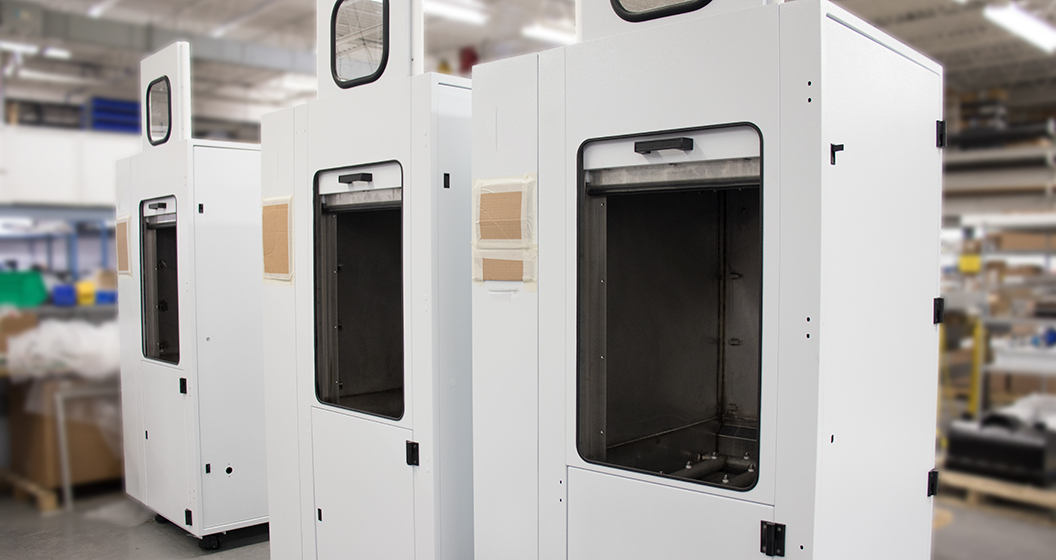
When OEMs Rely on Build to Print Services
Here’s how strategic OEMs are leveraging build to print services as a competitive advantage:
- Capacity Relief: Outsourcing full machines or modules can release thousands of internal assembly hours.
- Engineering Leverage: Keep your engineers focused on innovation, not firefighting production issues.
- Lead Time Protection: Outsourcing prevents schedule slips that risk bookings and customer trust.
- Capital Efficiency: Avoid adding headcount or purchasing new equipment when internal space is maxed out.
- Scalability: With stable drawings, BOMs, and FAT criteria, replication becomes reliable and repeatable.
Key Applications of Build to Print Services
- Electromechanical systems (robotics platforms, medtech systems, energy skids): wiring, pneumatics, motion integration, cabinet builds, and FAT.
- Complex assemblies (frames, carts, enclosures, welded structures) with demanding cosmetic, GD&T, or profile requirements.
- Regulated/mission-critical (medical, defense, semiconductor) where documentation, traceability, and agency interaction matter.

What OEMs Should Still Own
Opting for build to print services doesn’t mean giving up control. OEMs should always retain:
- System architecture & IP – keep core product ownership internal.
- Engineering change order (ECO) priorities – you decide what gets modified, not the CM.
- Customer voice & acceptance criteria – your standards define the build, not the CM’s.
Qualities of a Strong Build to Print Partner
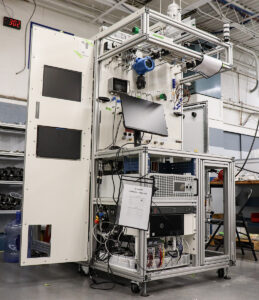 Best-in-class build to print services providers like PEKO typically offer:
Best-in-class build to print services providers like PEKO typically offer:
- Vertical integration for repeatability. In-house CNC, sheet metal, welding, paint, wire/cable, panel build, and final assembly reduce hand-offs and variability.
- NPI-to-production maturity. Ability to run pilot/Phase 0, solidify critical parameters and work instructions, then scale to line capacity with controlled change management.
- Program management that owns QCD. A named PM, weekly cadence, risk registers, and KPI tracking (OTD, FPY, scrap, MRB, CTB).
- Robust QMS + digital travelers. Barcoded travelers, in-process control plans, FAT data capture, and “clear-to-build” gates tied to MRP/ERP.
- Procurement horsepower. Buyers who can manage long-lead items, alternates, and EOL; clear rules for consigned vs. purchased content.
For deeper evaluation criteria, see our guide on questions OEMs should ask when shortlisting a build to print manufacturing partner.
A Proven Path: Phase-Gated Outsourcing
Simply handing over drawings to a contract manufacturer isn’t enough. PEKO’s build to print services follow a proven, phase-gated outsourcing model that mirrors the rigor and structure OEMs apply internally. This approach reduces risk, accelerates onboarding, and ensures precision at every milestone.
- Phase 0 – Technical Transfer: Capture tribal knowledge, define critical parameters, conduct preliminary FMEA, concept fixtures/tests. Deliverable: Scope definition + Phase 1 quote.
- Phase 1 – Final Engineering for Build: Develop full FMEA, complete documentation package, lock FAT/SAT templates.
- Phase 2 – Qualification Order: Run low-volume builds at the CM. Write work instructions, validate FAT, train technicians, and finalize tooling.
- Phase 3 – Production Ramp: Transition to stable scheduling, dedicated cells, and ERP-driven clear-to-build gating.
This phase-driven model strengthens the transition from engineering to execution and helps ensure that build to print services deliver consistent outcomes — from the first unit to full-rate production.
Case Pattern: A Practical Example
A typical outsourcing journey with PEKO’s build to print services might look like:
- An OEM begins by outsourcing two repeatable modules (e.g., welded frames + cabinet/cable sets).
- After consistent FAT results, the top-level machine builds transition to PEKO.
- PEKO establishes dedicated assembly cells, including sheet metal, weld, CNC, harness, and system integration — all under unified program management.
- Clear-to-build controls and ERP traceability align with OEM oversight and internal quality standards.
The result? OEM engineers stay focused on new product development, internal floors avoid overload, and delivery promises are met — all without expanding internal headcount or capex.
Build to Print Services FAQ
- What do I need to start? A current BOM, drawings (2D/3D), test/acceptance criteria, and known supplier list. PEKO helps close documentation and supply chain gaps during the qualification order.
- Can we keep our approved vendors? Many PEKO programs launch with customer-supplied components or consignment and later transition to a hybrid sourcing model to improve availability and cost.
- How do you handle revisions? Formal ECO workflows are built into PEKO’s ERP and traveler systems, ensuring traceable, clean implementation from drawing change to finished unit.
- What about regulated builds? Select partners like PEKO operate under ISO 9001, ISO 13485, and AS9100, with support for third-party audits and FAT documentation.
Ready To Move from Backlog to Build?
If your team has a defined product and needs capacity, control, and consistent output, PEKO’s build to print services for complex assemblies and custom machine builds provide a clear, proven path. Let us help you meet demand without compromising quality or stretching your team. Submit your project details using the form below.







